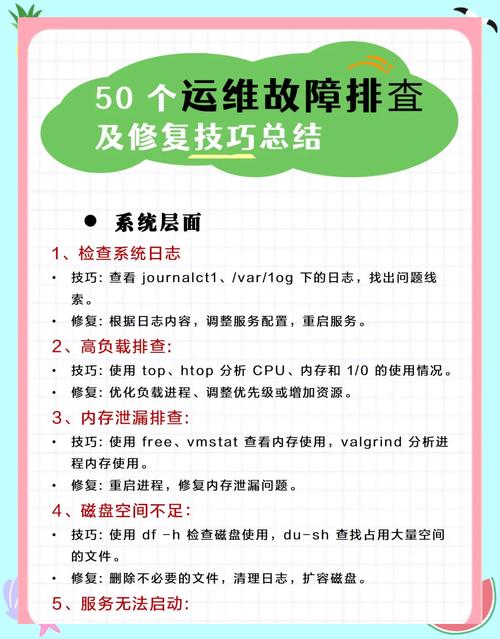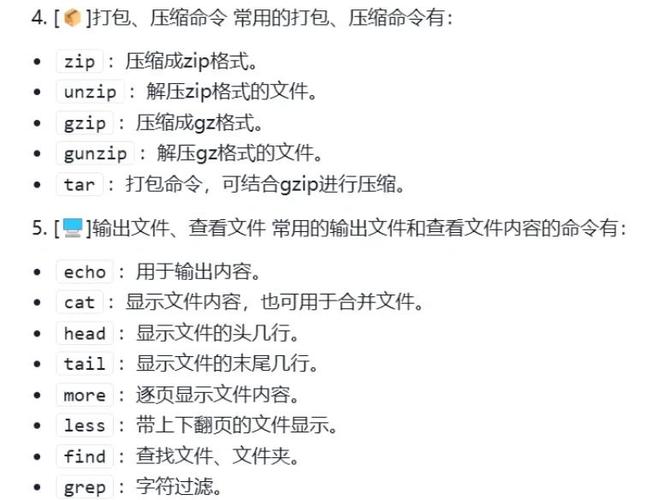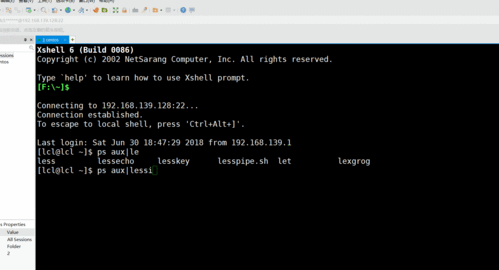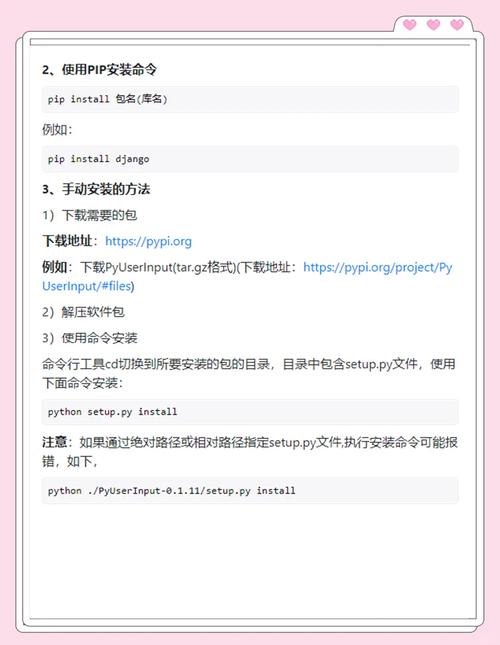MYSQL联合查询
目录
什么是联合查询:
一些联合查询的方法大致通用的思路:
一、内连接:
基本语法:
示例:
查询目标1:
查询目标2:
二、外连接:
基本语法:
示例:
查询目标1:
查询目标2:
注意:
三、自连接:
基本语法:
示例:
查询目标1:
查询目标2:
注意:
1. 必须使用表别名
2. 明确条件的逻辑方向
3. 选择合适的连接类型
5. 处理 NULL 值
四、子查询:
1.单行子查询:
基本语法:
例子:
2.多行子查询:
基本语法:
例子:
3.多列子查询:
基本语法:
例子:
4.在 from 子句中使用子查询:
基本语法:
例子:
五、合并查询:
1、union 操作符
基本语法:
例子:
2、union all 操作符
基本语法:
例子:
六、插入查询结果:
基本语法:
例子1(表结构完全一致):
例子2(表结构不完全一致):
查询语句执行顺序总结:
什么是联合查询:
数据库设计时通常遵循规范化原则,数据会分散到多个表中(例如学生表、课程表、成绩表),需要通过联合查询关联这些表。单一表可能无法提供完整信息,联合查询可以合并多个维度的数据。
比如我需要得到课程为数学科目低于60分的学生;由于数据都分散在不同的表中,所以需要联合查询得到完整的数据。
一些联合查询的方法大致通用的思路:
1. 确定哪几张表参与查询。(确定 join ... on ...)
2. 根据表与表之间的关系,过滤掉无效的数据。( join ... on 表1.关联字段 = 表2.关联字段)
3. 通过 where 条件进一步过滤结果。
4.精减查询列表,得到想要的结果。(给列起别名)
一、内连接:
基本语法:
select 列名1, 列名2, ... from 表1 (表1别名) join 表2 (表2别名) on 表1.关联字段 = 表2.关联字段 join 表3 (表3别名) on 表2或表1.关联字段 = 表3.关联字段 -- 可继续添加更多 join... where 其他条件
-
逐层关联:通过多次使用 join,逐步将新表与已连接的结果关联。
-
明确关联条件:每个 join 必须通过 on 指定匹配条件。
-
ON:指定两个表的关联条件(通常是外键关联)。
-
表1 和 表2:可以是同一个表(自连接),也可以是不同的表。
-
匹配原则:仅返回两个表中关联字段值相等的行。
-
过滤机制:不满足条件的行会被完全排除。
-
使用别名会使得代码更简洁。
示例:
查询目标1:
查询学生姓名、课程名称及对应的授课教师。
select s.name as 学生姓名,
c.course_name as 课程名称,
t.teacher_name as 老师姓名
from students s
join courses c
on s.student_id = c.student_id -- 先关联学生和选课表
join teachers t
on c.course_id = t.course_id; -- 再关联选课表和教师表
查询结果:
查询目标2:
查询张三的课程名称及对应的授课教师。
select s.name as 学生姓名,
c.course_name as 课程名称,
t.teacher_name as 老师姓名
from students s
join courses c
on s.student_id = c.student_id -- 先关联学生和选课表
join teachers t
on c.course_id = t.course_id -- 再关联选课表和教师表
where s.name = '张三'; -- 筛选条件:学生姓名为张三
查询结果:
值得注意的是:
尽量少对大表进行关联查询,且一般表关联的个数不能超过三个。
二、外连接:
外连接用于返回至少一个表的所有行,并根据关联条件匹配另一个表的行。若某行在另一表中无匹配,则对应字段用 null 填充。外连接分为三种类型:
-
左外连接(left join):保留左表所有行。
-
右外连接(right join):保留右表所有行。
-
全外连接:保留左右表所有行(MySQL 不支持)。
基本语法:
左外连接:
select 列名 from 左表 left join 右表 on 左表.关联字段 = 右表.关联字段;
-
保留左表所有行,右表无匹配时填充 null 。
右外连接:
select 列名 from 左表 right join 右表 on 左表.关联字段 = 右表.关联字段;
-
保留右表所有行,左表无匹配时填充 null 。
示例:
查询目标1:
使用左外连接查询未选课学生:
首先,上面的两个表可以看到,选课表的 student_id 没有 等于 3 的 数据,所以选课表是缺失的,那么,就可以确定 学生表就是基准表了。
select s.student_id, s.name from student s left join courses c on s.student_id = c.student_id -- 左外连接学生表和选课表 where c.student_id is null -- 筛选右表未匹配的行
查询结果:
关键逻辑解析
-
左外连接:保留 students 表的所有行。
-
已选课的学生(张三、李四)会匹配到 courses 表的记录。
-
未选课的学生(王五)在 courses 表中无匹配,courses 表的字段会填充为 NULL。
-
过滤条件:where c.student_id is null
-
筛选出 courses 表中无匹配的行(即未选课的学生)。
-
-
查询目标2:
使用右外连接查询未下单的客户:
select c.name as 未下单的客户 from orders o right join customers c on o.customer_id = c.customer_id where o.customer_id is null;
查询结果:
注意:
值得注意的是:
在mysql执行的过程中,右外连接会被转换成左外连接。并且,我们一般也习惯使用左外连接。
三、自连接:
自连接是自己与自己取笛卡尔积(相当于连接的两张表是同一张表),可以把行转换成列,在查询的时候可以使用 where 条件对结果进行过滤,或者说实现行与行之间的比较。
基本语法:
select 列名1, 列名2, ... from 表1 (表1别名) join 表2 (表2别名) on 表1.关联字段 = 表2.关联字段 where 其他条件
这里的表1和表2就是同一张表。
- from 表1 别名1:为表指定第一个别名,用于代表表的一种角色。
- join 表2 别名2:再次引用同一个表,并为其指定第二个别名,代表表的另一种角色。
- on 别名1.列名 = 别名2.列名:指定连接条件,通常是两个别名表中具有关联关系的列。
示例:
查询目标1:
查询每个员工及其直接上级的姓名:
select e1.name as 员工姓名 , e2.name as 上级姓名 from employees e1 left join employees e2 -- 自连接,用 left join 包含无上级的员工 on e1.manager_id = e2.emp_id;
- left join:使用左外连接,确保即使某个类别没有父类别(在这个例子中可以理解为该员工没有上级,manager_id 为 null),该类别的信息也会出现在结果中。
别名为 e1 的表可以作为员工表(基准表),别名为 e2 的表作为 上级表 ,他们两个本质就是同一张表。,所以 ,on 连接条件 则是 e1.manager_id = e2.emp_id ,要避免 e2.manager_id = e1.emp_id ,因为员工的 manager_id 对应上级的 emp_id。
查询结果:
查询目标2:
找到同一客户购买的不同商品组合:
select o1.customer as 客户id,o1.product as 商品1 ,o2.product as 商品2 from orders o1 join orders o2 on o1.customer_id = o2.customer_id -- 同一客户 where o1.order_id
查询结果:
注意:
以下是 自连接查询中 ON 连接条件 的核心注意事项:
1. 必须使用表别名
-
原因:自连接需将同一张表视为两个逻辑表,必须用别名区分。
2. 明确条件的逻辑方向
-
核心原则:on 后的条件顺序决定数据的关联方向。
-
示例(比如查询目标1)的场景(员工与上级):
-
正确条件:e1.manager_id = e2.emp_id
(员工的 manager_id 关联上级的 emp_id)
-
错误条件:e2.manager_id = e1.emp_id
(变成“上级的上级是当前员工”,逻辑完全相反)
3. 选择合适的连接类型
- join:仅返回匹配的行(如父子分类必须成对存在)。
-
left join:保留主表所有行,即使无匹配(比如查询目标1的无上级的员工)。
5. 处理 NULL 值
-
场景:根节点(如顶级分类、无上级的员工)的关联字段可能为 null。
-
建议:
-
使用 left join保留无匹配的行。
-
在应用层(比如java方面)处理 null(如显示“无上级”)。(推荐方法)
四、子查询:
子查询是把⼀个 select 语句的结果当做别⼀个 select 语句的条件,也叫嵌套查询。
1.单行子查询:
单行子查询返回单行单列的结果,常用于 where 子句中与主查询进行比较。
基本语法:
select * from table1 where col_name1 {= | IN} ( select col_name1 from table2 where col_name2 {= | IN} [( select ...) ] ... )下面查询语句得到的 col_name1 的查询结果, 会给到 上面的 col_name1 作为 上面查询语句的 where条件。
并且子查询可以无限嵌套,但是要注意嵌套的深度。
例子:
查询工资高于公司平均工资的员工:
select name,salary from employees -- 表 where salary > ( select avg(salary) -- 子查询返回单个值(平均工资) from employees );2.多行子查询:
多行子查询返回多行单列的结果,通常需要使用 in 操作符与主查询进行比较。
基本语法:
select 列名 from 表名 where 列名 in (select 列名 from 表名 where 条件);
例子:
查询选修了课程编号为 101 或 102 的学生:
select name from students -- 表 where students_id in ( select stuidents_id -- 学生的id编号 from courses where courese_id in (101,102) -- 子查询返回多个 student_id );这里的 courese_id 是课程的编号,里面的查询得到选了课程编号为101或102的 学生id;外面的查询通过得到的学生的id得到学生名字。
3.多列子查询:
单行子查询和多行子查询都只返回⼀列数据,多列子查询中可以返回多个列的数据,外层查询与嵌套的内层查询的列要匹配。
基本语法:
select 列名 from 表名 where(列1, 列2) in (select 列1, 列2 from 表名 where 条件);
例子:
查找与张三所在部门和工资相同的员工:
select name,dept,salary from employees where (dept,salary) in ( select dept,salary from employees where name = '张三' -- 子查询返回两列:部门、工资 );4.在 from 子句中使用子查询:
当⼀个查询产生结果时,MySQL自动创建⼀个临时表,然后把结果集放在这个临时表中,最终返回 给用户,在 from 子句中也可以使用临时表进行子查询或表连接操作。
基本语法:
select 列名 from (select 列名 from 表名 where 条件) as 别名 where 条件;
-
from 子句中的子查询:将一个完整的 SELECT 语句放在 FROM 子句中,其查询结果会被视为一张临时表,供外层查询操作。
-
别名要求:子查询必须有一个别名,以便外层查询引用它。
-
外层查询只能引用子查询结果中的列,下面是个示范:
-
select dept_id, avg_salary from ( select dept_id, avg(salary) as avg_salary from employees group by dept_id ) as dept_avg -- 临时表名为 dept_avg where avg_salary > 5000; -- 正确:引用了子查询的列外层查询只能使用 dept_avg 临时表中的 dept_id 和 avg_salary 列。
select dept_id, name -- 错误:name 不在子查询的结果中! from ( select dept_id, avg(salary) as avg_salary from employees group by dept_id ) as dept_avg;此时会报错,因为子查询的临时表中没有 name 列。
例子:
假设需要找到平均工资高于公司平均工资的部门:
select dept_id, avg_salary from ( select dept_id, AVG(salary) AS avg_salary from employees group by dept_id ) as dept_avg where avg_salary > (select avg(salary) from employees);代码执行逻辑:
1. 执行 from 子句中的子查询(派生表 dept_avg)
-- 子查询逻辑 select dept_id, avg(salary) as avg_salary from employees group by dept_id;
-
从 employees 表读取数据。
-
按 dept_id 分组,计算每个部门的平均工资(avg(salary))。
-
生成临时表 dept_avg,包含两列:dept_id 和 avg_salary。
2. 执行 where 子句中的子查询(标量子查询)
-- 子查询逻辑 select avg(salary) from employees;
-
从 employees 表读取所有记录的 salary。
-
计算全局平均工资(不分组)。
-
返回一个标量值(单值),例如 7000。
3. 将 where 子查询结果与 dept_avg 临时表关联
主查询逻辑:
select dept_id, avg_salary from dept_avg -- 已生成的临时表 where avg_salary > 7000; -- 假设子查询结果为7000
-
从临时表 dept_avg 中筛选出 avg_salary > 7000 的部门。
-
返回最终结果。
五、合并查询:
1、union 操作符
union 操作符用于合并两个或多个 select 语句的结果集,它会自动去除重复的行。
基本语法:
select column1, column2, ... from table1 union select column1, column2, ... from table2;
例子:
假设有两个表 table1 和 table2,结构和数据如下:
-- 创建 table1 表并插入数据 create table table1 ( id int, name varchar(50) ); insert into table1 (id, name) values (1, 'Alice'); insert into table1 (id, name) values (2, 'Bob'); -- 创建 table2 表并插入数据 create table table2 ( id int, name varchar(50) ); insert into table2 (id, name) values (2, 'Bob'); insert into table2 (id, name) values (3, 'Charlie'); -- 使用 union 合并查询结果 select id, name from table1 union select id, name from table2;执行结果:
结果将包含 table1 和 table2 中的所有不重复的行。
要注意的是:查询的两个表的列,除了列的数量要对应,对应位置的列的数据类型也需要兼容。
2、union all 操作符
union all 操作符也用于合并两个或多个 select 语句的结果集,但它不会去除重复的行。
基本语法:
select column1, column2, ... from table1 union all select column1, column2, ... from table2;
例子:
-- 创建 table1 表并插入数据 create table table1 ( id int, name varchar(50) ); insert into table1 (id, name) values (1, 'Alice'); insert into table1 (id, name) values (2, 'Bob'); -- 创建 table2 表并插入数据 create table table2 ( id int, name varchar(50) ); insert into table2 (id, name) values (2, 'Bob'); insert into table2 (id, name) values (3, 'Charlie'); -- 使用 union 合并查询结果 select id, name from table1 union all select id, name from table2;执行结果:
结果包了含 table1 和 table2 中的所有行。
要注意的是:查询的两个表的列,除了列的数量要对应,对应位置的列的数据类型也需要兼容。
六、插入查询结果:
基本语法:
insert into target_table (column1, column2, ...) select column1, column2, ... from source_table where condition;
- insert into target_table:指定要插入数据的目标表。
- (column1, column2, ...):可选参数,指定要插入数据的列名。如果省略,则默认按照目标表的列顺序插入。
- select column1, column2, ...:从源表中选择要插入的数据。
- from source_table:指定源表。
- where condition:可选参数,用于筛选源表中的数据。
例子1(表结构完全一致):
-- 创建 employees 表 create table employees ( id int, name varchar(50), salary decimal(10, 2) ); -- 插入示例数据 insert into employees (id, name, salary) values (1, 'Alice', 6000), (2, 'Bob', 4000), (3, 'Charlie', 7000); -- 创建 new_employees 表 create table new_employees ( id int, name varchar(50), salary decimal(10, 2) ); -- 插入查询结果 insert into new_employees (id, name, salary) select id, name, salary from employees where salary > 5000; -- 查看 new_employees 表中的数据 select * from new_employees;插入数据后,查询的结果
例子2(表结构不完全一致):
-- 创建源表 create table source_table2 ( id int, name varchar(50), age int, salary decimal(10, 2) ); -- 插入示例数据 insert into source_table2 (id, name, age, salary) values (1, 'Alice', 25, 5000.00), (2, 'Bob', 30, 6000.00); -- 创建目标表,只包含部分列 create table target_table2 ( id int, name varchar(50) ); -- 插入查询结果,明确指定列 insert into target_table2 (id, name) select id, name from source_table2; -- 查看目标表数据 select * from target_table2;插入数据后,查询结果:
这里 source_table2 比 target_table2 多了 age 和 salary 两列,但通过明确指定要插入的列 id 和 name,依然可以将源表中对应列的数据插入到目标表中。
查询语句执行顺序总结:
例如这一条查询语句:
select distinct id, name, avg(age) from student join class on student.class_id = class.id where class.id = 1 group by class.id having avg(age) > 10 order by student.id asc limit 100;
执行顺序依次为:
先确定数据来源(from),接着进行表连接(join on),筛选符合条件的记录(where),对记录分组(group by),筛选分组结果(having),选取指定列(select),去重(distinct),排序(order by),限制结果数量(limit)。
-
-
-
-
-
-
-
-
- join:仅返回匹配的行(如父子分类必须成对存在)。
-
-
-
- left join:使用左外连接,确保即使某个类别没有父类别(在这个例子中可以理解为该员工没有上级,manager_id 为 null),该类别的信息也会出现在结果中。
-
-



























